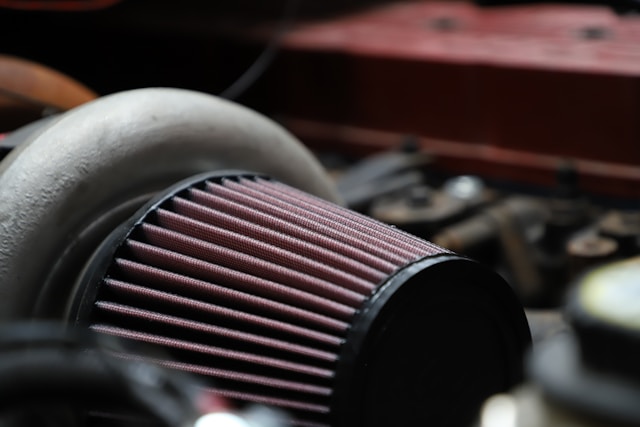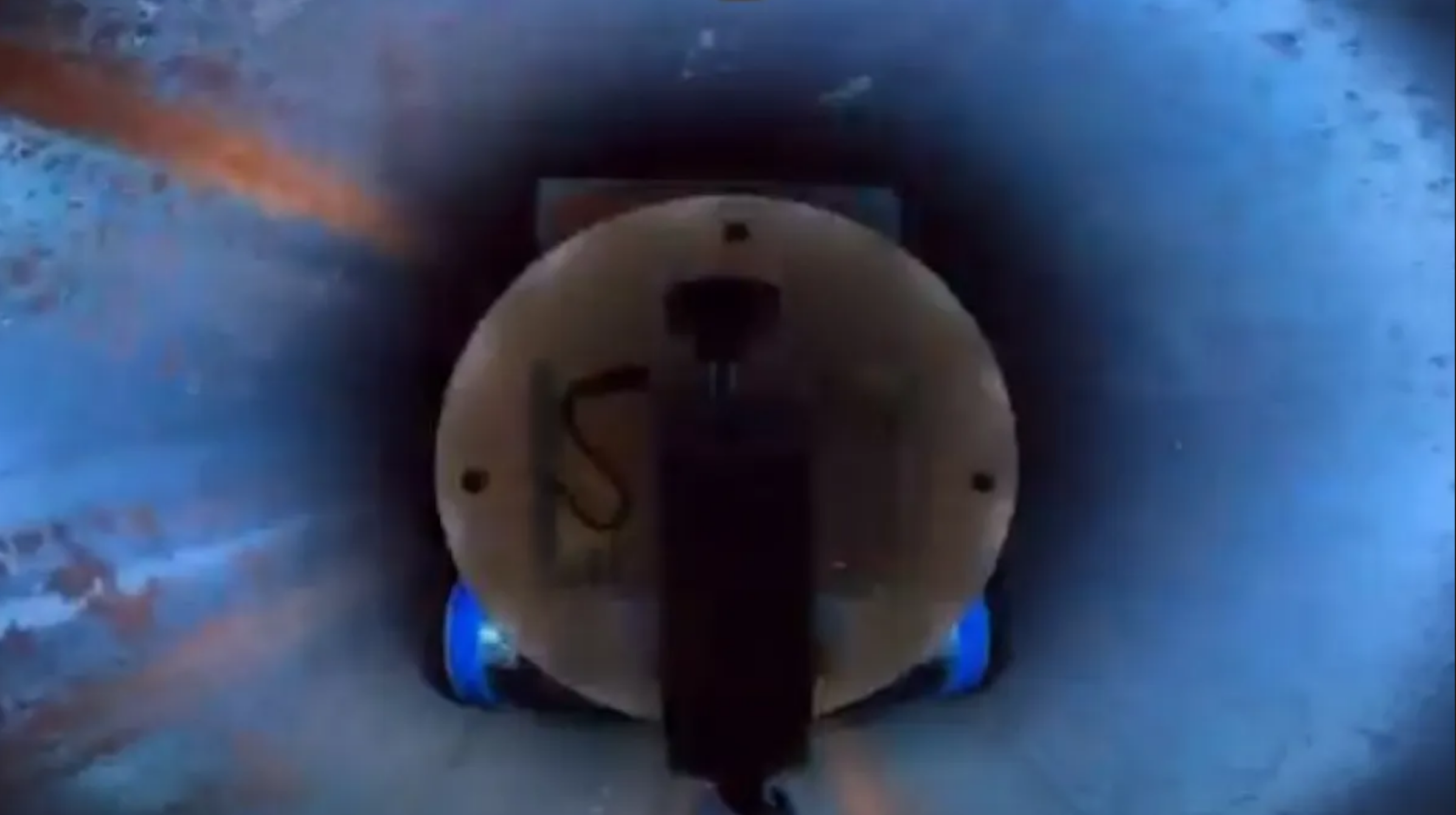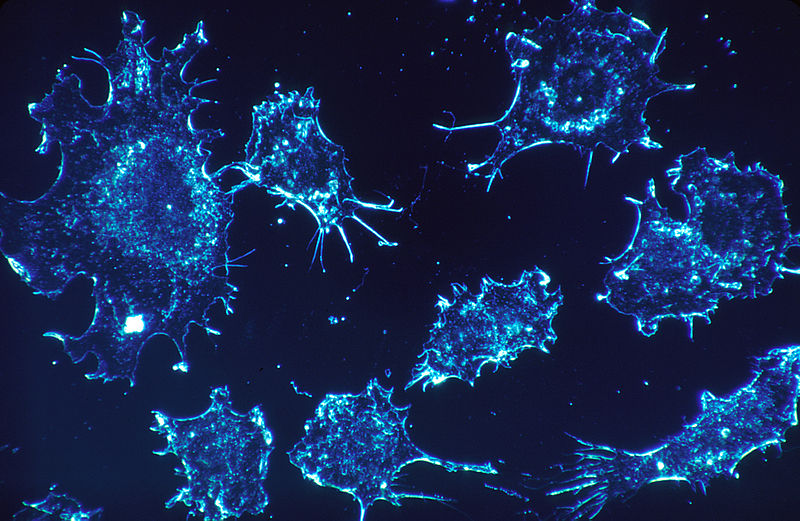If you’re passionate about cars and love to tinker under the hood, you’re likely familiar with the quest for more power and better performance. Understanding the different types of performance filters can make a world of difference in how your vehicle performs on the road or track.
When it comes to squeezing out every last drop of performance from your engine, upgrading your filters is a great place to start. But with so many options available, it can be overwhelming to know where to begin.
In this blog, we will discuss five common types of performance filters that every auto enthusiast should know about.
High-Flow Air Filters
High-flow air filters are a game-changer for auto enthusiasts. These components allow more air to pass through compared to standard ones. They improve engine performance by enhancing airflow and filtration. They are made of materials like cotton gauze or foam.
With the automotive air filters market growing steadily, high-flow air filters are becoming increasingly popular. Enthusiasts are recognizing their value in improving engine efficiency. According to Brainy Insights, the automotive air filters market reached approximately $4.6 billion in 2021, with a compound annual growth rate (CAGR) of 6.2% projected between 2022 and 2030.
Moreover, the market is anticipated to reach a massive valuation of $7.9 billion by 2030. These figures showcase the increased penetration of these products in the market, making them a must-have for any vehicle.
Air Filter Cleaning Kits
Air filter cleaning kits are essential tools for maintaining filters. These kits typically include specialized cleaners and oils. They are designed to effectively clean and re-oil reusable air filter elements. Cleaning kits ensure the optimal longevity of these components.
According to Diesel Power Products, regular maintenance with air filter cleaning kits can prolong the lifespan of your filters. It’s a simple yet crucial step in keeping your vehicle running smoothly. These kits are easy to use and can save you money in the long run.
With the increasing popularity of these components, the demand for air filter cleaning kits is also on the rise. Auto enthusiasts are realizing the importance of proper filter maintenance.
Oil Breather Filters
Oil breather filters are crucial components for maintaining engine health. These components are installed on the crankcase breather system to filter out oil vapors and contaminants. They prevent these substances from recirculating into the intake system, reducing carbon buildup and preserving engine longevity. They help to maintain proper crankcase ventilation, preventing pressure buildup that can lead to oil leaks and other issues.
As awareness of engine maintenance grows among auto enthusiasts, they are gaining popularity. Enthusiasts recognize the importance of protecting their engines from harmful contaminants. With their simple yet effective design, they are a valuable addition to any performance-oriented vehicle.
When deciding to buy performance parts to achieve desired results, it’s important to select the right manufacturer. Choosing the right manufacturer is crucial for optimizing your vehicle’s efficiency. With numerous players in the industry, selecting the ideal one can be challenging.
Look for a manufacturer that provides a range of parts at affordable prices. For example, S&B Filters offers performance filters, cold air intakes, UTV Particle Separators, and intake elbows.
Throttle Body Spacers
Throttle body spacers are notable enhancements for improving engine performance. They aim to increase the volume of the intake manifold, optimizing airflow to the engine for improved power and torque. These spacers promote better air/fuel mixture distribution, resulting in more efficient combustion.
As per Technavio, the automotive throttle body assembly market will reach approximately $17 billion by 2021. Individual throttle bodies (ITBs) offer enhanced throttle response in contrast to traditional throttle systems.
In ITBs, each cylinder is equipped with its own butterfly valve, allowing customized air intake for individual cylinders, and eliminating shared valves. Furthermore, ITBs remove the requirement for an intake manifold.
Cold Air Intake Systems
Cold air intake systems are essential upgrades for auto enthusiasts seeking improved engine performance. These systems replace the stock air intake setup, drawing cooler air from outside the engine bay.
With the global air intake system market projected to grow steadily, cold air intake systems are becoming increasingly popular among enthusiasts. Persistence Market Research reported that in 2021, the worldwide revenue for the air intake system market amounted to $12.2 billion.
It is projected that by 2032, the market will reach a substantial valuation of $17.76 billion, with a compound annual growth rate (CAGR) of 3.6% anticipated between 2022 and 2032.
Frequently Asked Questions (FAQs):
What Is a Performance Filter?
A performance filter is an automotive component designed to enhance engine airflow and filtration. It optimizes the amount of air entering the engine, which can improve horsepower and torque output. These components are typically installed in the intake system, replacing stock filters. They often feature larger surface areas and less airflow restriction compared to standard filters. Upgrading to a filter can result in improved throttle response.
What Are Important Performance Parameters of Filters?
The important performance parameters of filters include airflow capacity and filtration efficiency. Airflow capacity determines how much air the filter can allow to pass through, impacting engine power and efficiency. Filtration efficiency refers to the filter’s ability to capture contaminants and prevent them from entering the engine.
Another crucial parameter is the filter’s lifespan and durability, ensuring long-term effectiveness and cost-efficiency. Additionally, compatibility with the vehicle’s intake system and ease of installation are essential factors to consider when choosing a filter.
How Do You Calculate Filter Performance?
To calculate filter performance, airflow capacity, and filtration efficiency are typically measured. Airflow capacity is determined by conducting airflow tests with varying levels of restriction. Filtration efficiency is evaluated by testing the filter’s ability to capture particles of specific sizes.
These performance metrics help assess the filter’s effectiveness in improving engine performance and protecting the engine from contaminants. Additionally, real-world testing and user feedback may also be considered to evaluate filter performance under various operating conditions.
In conclusion, understanding the different types of filters is essential for any auto enthusiast looking to enhance their vehicle’s performance. From high-flow air filters to cold air intake systems, each type offers unique benefits such as improved horsepower, throttle response, and engine efficiency. By choosing the right filter and ensuring proper maintenance, enthusiasts can maximize their vehicle’s potential on the road or track.







